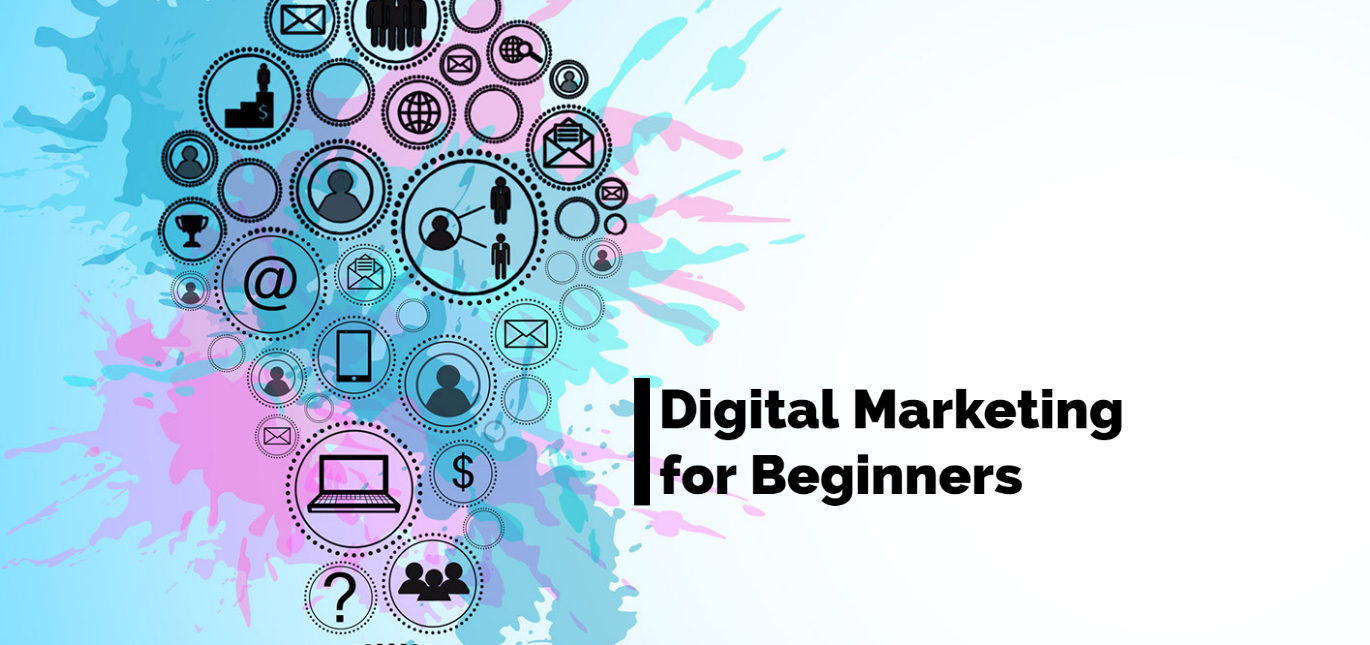In the past several years, online shops, online cinemas, and other service providers have progressed in developing algorithms that track user interests, based on which they create a customized list of potentially interesting products and services.
Recommendation Systems are a win-win tool for both service providers and customers. The service provider gets more sales and the users spend less time finding what they want.
Speaking of recommendation systems, collaborative filtering is mentioned and used more and more often. In this article, we will talk about what is collaborative filtering, when and how to use it, but also about advantages and disadvantages.
Collaborative filtering explained shortly
Collaborative filtering is a technique meant to anticipate user preferences and interests based on the interests of other users that use the same resource. Based on the collected information, the system recommends those products that the audience already was interested in, but certain users – didn’t.
Collaborative filtering and its algorithms are used by tech giants such as Amazon, eBay, Facebook, Netflix, Medium, and others. The smart algorithms help the service to suggest related products and services to users and making them spend less time in the search for what they may be interested in.
How does collaborative filtering works
Behind the scary name, there is actually a very simple and effective way to get this working. The system groups users in different segments, and then recommends products and services that were used by these segments to users that are new, and more likely to be a part of one of these segments.
Let’s take for example YouTube. A new user registers and watches a comedy show. Immediately after the video ends, the service recommends other videos with a similar type of content. It can be related to actors, video type, length, and so on.
So for YouTube works the principle of accumulated knowledge: the more videos the user watches, the more precise is the recommendation. In other cases, the systems asks the user to rate the recommendation, so that it can improve further the related content service. But this is somehow risky.
Types of collaborative filtering
There are three types of collaborative filtering: network-based, model-based, and, hybrid.
- Network-based filtering
This is the first type of collaborative filtering that appeared and today is the most popular among recommendation systems. The user is attributed to a subgroup that has similar interests. Based on the content consumed by pre-existing users in this group, the system generates relevant recommendations.
- Model-based filtering
This type allows conceiving recommendations based on specific parameters of certain models, such as clustering, latent segmentation, and so on. The models are created using intellectual analysis and machine-learning algorithms. The number of parameters is not limited and can be as low or high as the main component requires. This model gets more and more popular due to its high precision and more complex approach. After all, we are living in the AI era already. Of course, there are some challenges using this type of collaborative filtering, but the biggest challenge is the high cost.
- Hybrid collaborative filtering
The hybrid approach is more popular for online shops and marketplaces. It combines the first two types and helps users find interesting related content but with higher precision. It also solves other problems, such as loss of information or data accessibility. But there is a price to pay for this model, and just to mention – it is the most expensive, but as well the most effective way to convert users as well.
All in all, collaborative filtering has it’s own advantages and disadvantages, and it’s up to each business’s requirements if it worths implementing or not.






